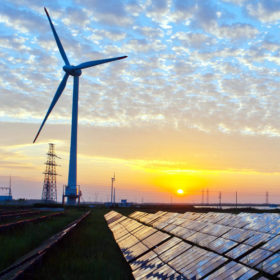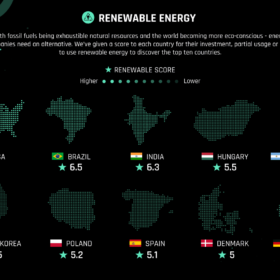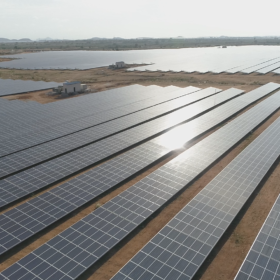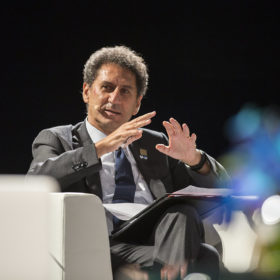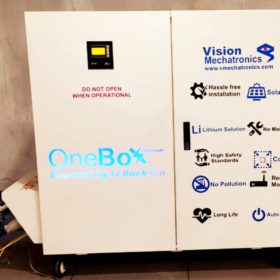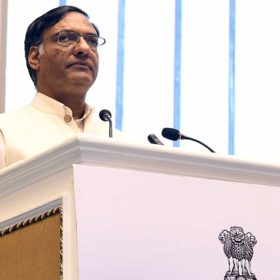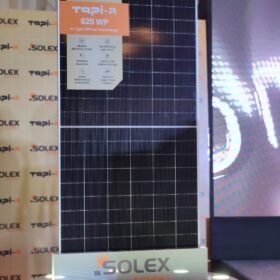India to add 15 GW of wind-solar hybrid capacity in five years
Almost 10 GW of hybrid generation capacity is already under implementation despite India having only 100 MW of combined wind and PV projects at present, according to analyst Crisil.
MNRE seeks consultants for the global supergrid plan
July 6 is the last date to submit proposals for the ambitious ‘one sun, one world, one grid’ plan that aims at seamless sharing of renewable energy resources among countries for mutual benefits and global sustainability. The program has been taken up by the Ministry with assistance from the World Bank.
India ranks third on renewable energy investment
The country earned a score of 6.3 on a 10-point scale on the basis of its investment, partially usage or plans to use renewable energy in the near future—in a study by UK based analytics firm British Business Energy. The USA ranks first with a score of 7, followed by Brazil at 6.5.
India’s renewable energy subsidies fell 35% in three years
The subsidies to renewable energy went from a high of Rs 15,313 crore in FY2017 to Rs 9,930 crore in FY2019. At the same time, government subsidies for oil and gas went up from Rs 40,762 crore in FY2017 to Rs 67,679 crore in FY2019. Unprecedented resource crunch post-Covid-19, however, presents a good opportunity for the government to rein in specific fossil fuel subsidies while creating more fiscal room for promoting renewables and other welfare schemes—according to a new report by the International Institute for Sustainable Development (IISD) and the Council on Energy, Environment and Water (CEEW).
Blackstone could provide Indian energy security a strong boost
For one of India’s largest foreign investors, it’s time to invest in renewables.
SECI tenders 5 GW of grid-connected renewable projects with storage option
The selected developers shall set up renewable power projects on build-own-operate basis anywhere in India and complement the generated renewable power with thermal power, if needed, to ensure round-the-clock power supply.
Project developers in south Asia can secure cash from IRENA funding pot
The Climate Investment Platform launched by three multilateral bodies in September is now open for business and renewables companies in developing nations across 14 regions including south Asia could qualify for help with clean energy facilities, renewables-related grid improvements and energy efficiency schemes.
A plug-and-play solar-powered battery back-up solution for the home
The OneBox, from Indian manufacturer Vision Mechatronics, consists of a lithium battery, hybrid inverter and solar charge controller to give a hassle-free solution for electricity back-up during power outages. Solar rooftop owners are offered a grid feed feature to maximize net metering income from any excess power generated.
India’s future energy options all add up to coal, agree the experts
Panellists including a government representative and a member of the chief policy thinktank used by Narendra Modi agreed coal will continue as the staple source of Indian power into the mid century and technology should be employed to ‘clean’ it.
Renewable energy: 7,592 MW commissioned in first nine months of the fiscal year
Capacity additions for the current fiscal year are set to exceed the previous accounting period’s 8,532 MW. With Rs405 billion invested in clean energy in the last fiscal year, spending in the first nine months of 2019-20 has been estimated at Rs367 billion.

